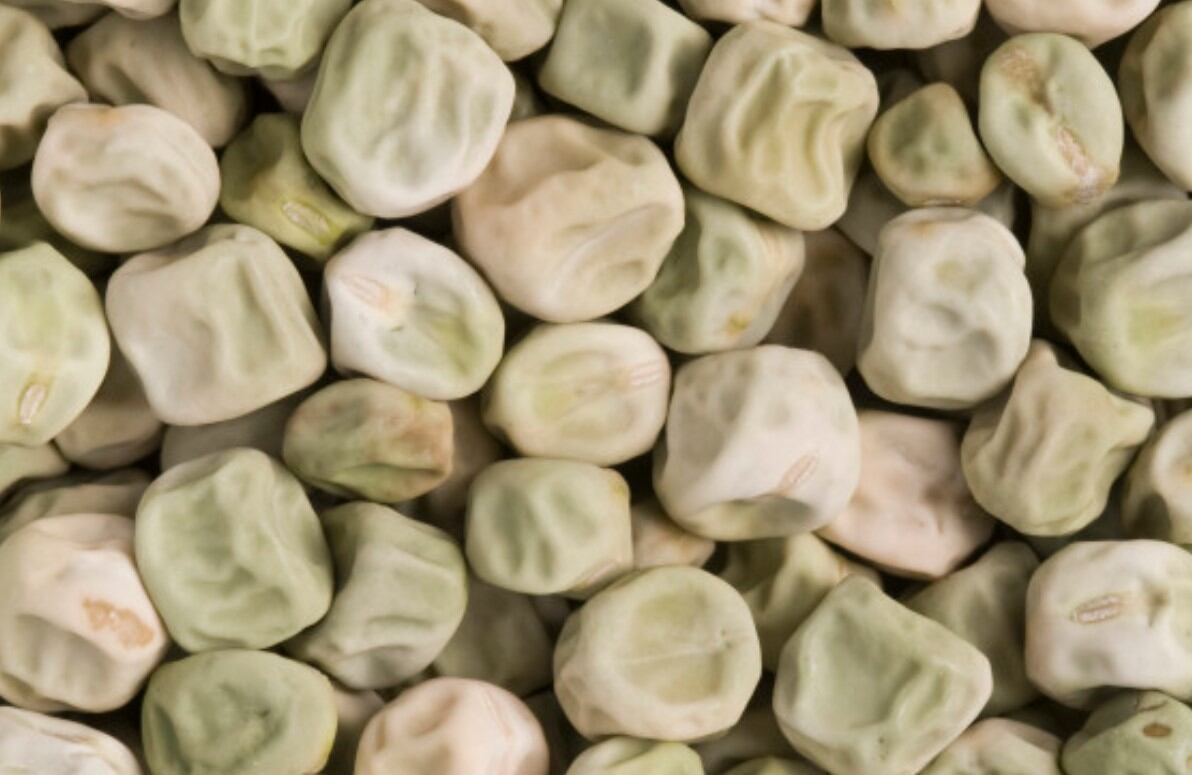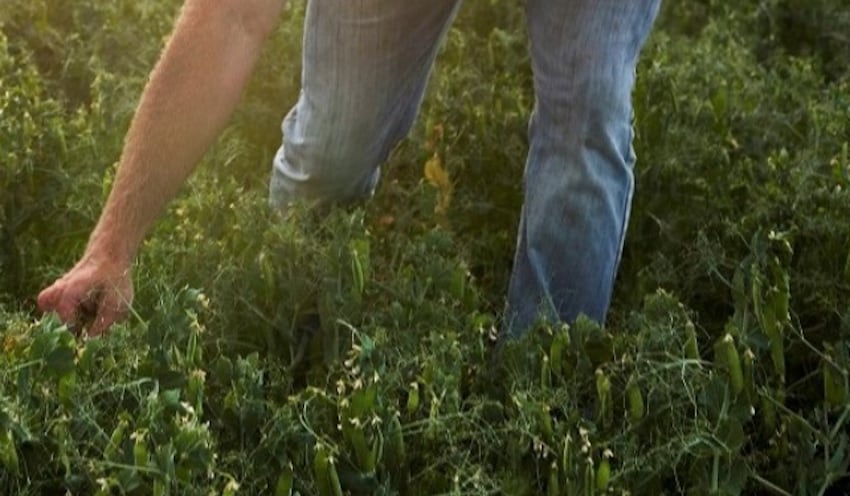Researchers found these peas prevent ‘sugar spikes’ that increase diabetes risk, identifying the pea’s resistant starch content as a starting point in boosting insulin producing cells via the gut microbiota.
“The ‘super pea’ contains a naturally-occurring variant gene that means they are high in resistant starches,” says Professor Gary Frost, lead study author and head of Imperial’s Centre for Translational and Nutrition Food Research.
“These starches are not completely digested in the upper parts of the digestive tract and are available for fermentation by bacteria in the colon.”
The team’s findings were met with caution by Tom Sanders, Professor Emeritus of Nutrition and Dietetics at King’s College London, who said, “[The study] found wrinkled pea consumption resulted in slightly lower increases in blood glucose level when subjects were given meals containing 50 grams of dried peas.
“Longer term studies showed gut microbiota changes but no effects on glucose or insulin responses indicating no changes in insulin sensitivity, which is the key outcome predicting risk of type 2 diabetes.
No impact on diabetes?
“The university claims adding wrinkled peas to foods could reduce diabetes risk. There is no evidence from trials that lowering postprandial blood sugar reduces risk of developing type 2 diabetes.
“Furthermore, this study used more peas than are likely to be consumed on a regular basis. In conclusion, adding wrinkled peas or pea flour to other foods is unlikely to have any impact on risk of diabetes.”
The team from Imperial College London, the John Innes Centre, Quadram Institute Bioscience and University of Glasgow, gave healthy volunteers a mixed meal containing 50 grams of wrinkled peas.
Volunteers were also given meals containing regular ‘smooth’ peas in a series of control experiments.
A tracer molecule was also added to the peas, so researchers could track how they were absorbed and digested by the human gastrointestinal tract.
The team repeated the experiments using flour made from wrinkled peas or control peas.
In a further experiment, another 25 volunteers were recruited and asked to consume pea hummus and mushy peas (made from wrinkled or control peas) for a period of 4 weeks.
Using a mimic of the human gut, the team also demonstrated that the method used to prepare and cook peas affected how quickly they were digested.
“This study has shown us that by preparing these peas in certain ways we can further reduce blood sugar spikes, opening up new possibilities for making healthier foods using controlled food processing techniques,” said Professor Pete Wilde of the Quadram Institute.
Study limitations
The team took time to highlight study limitations, one of which focused on the data collected that looked at acute differences in glycaemic responses from an overnight-fasted state.
Studies would be needed to confirm these results in a real-life setting, the team state.
“The pea-derived products were single-food products, which were added to the habitual diets of volunteers without any other alterations in their diets,” the team adds.
“Given the results from the acute studies, it might have been more efficacious to have a portfolio of products with an item eaten at each meal.”
In looking towards the future, study team member Professor Claire Domoney of the John Innes Centre in Norfolk adds, “Longer term it could become policy to include resistant starch in food.
“We have precedents for this kind of intervention, such as iron being added to bread to tackle anaemia.
“It could potentially be policy that food should contain a certain amount of resistant starch to tackle type 2 diabetes and other metabolic illnesses.”
Source: Nature Food
Published online: doi.org/10.1038/s43016-020-00159-8
“A natural mutation in Pisum sativum L. (pea) alters starch assembly and improves glucose homeostasis in humans.”
Authors: Katerina Petropoulou et al.


